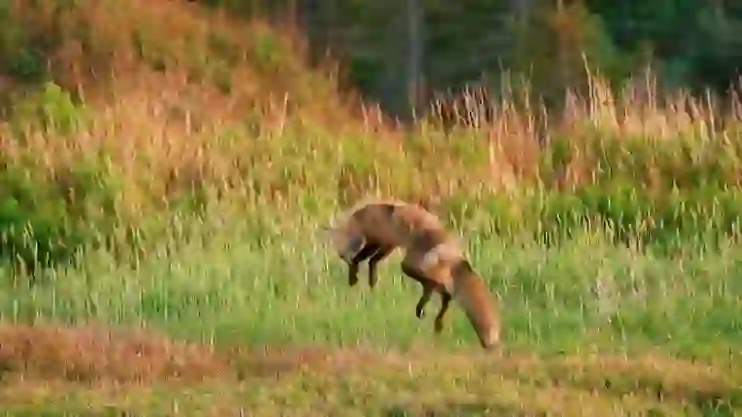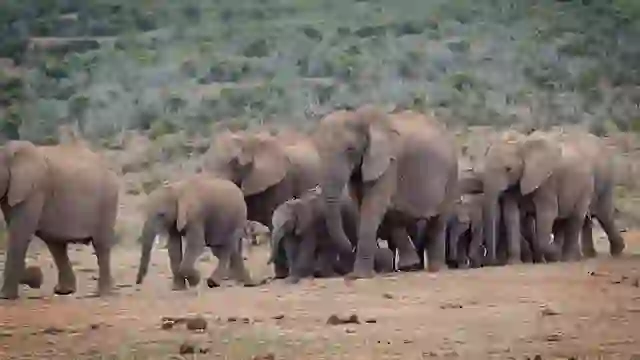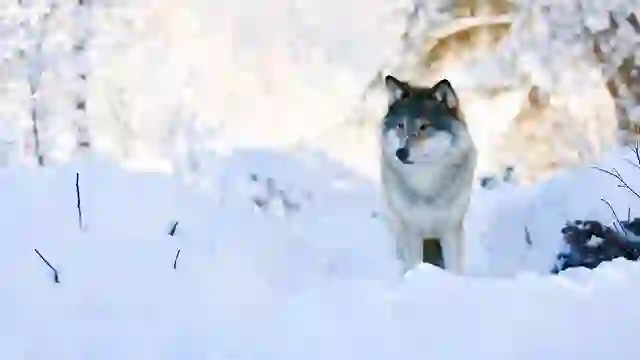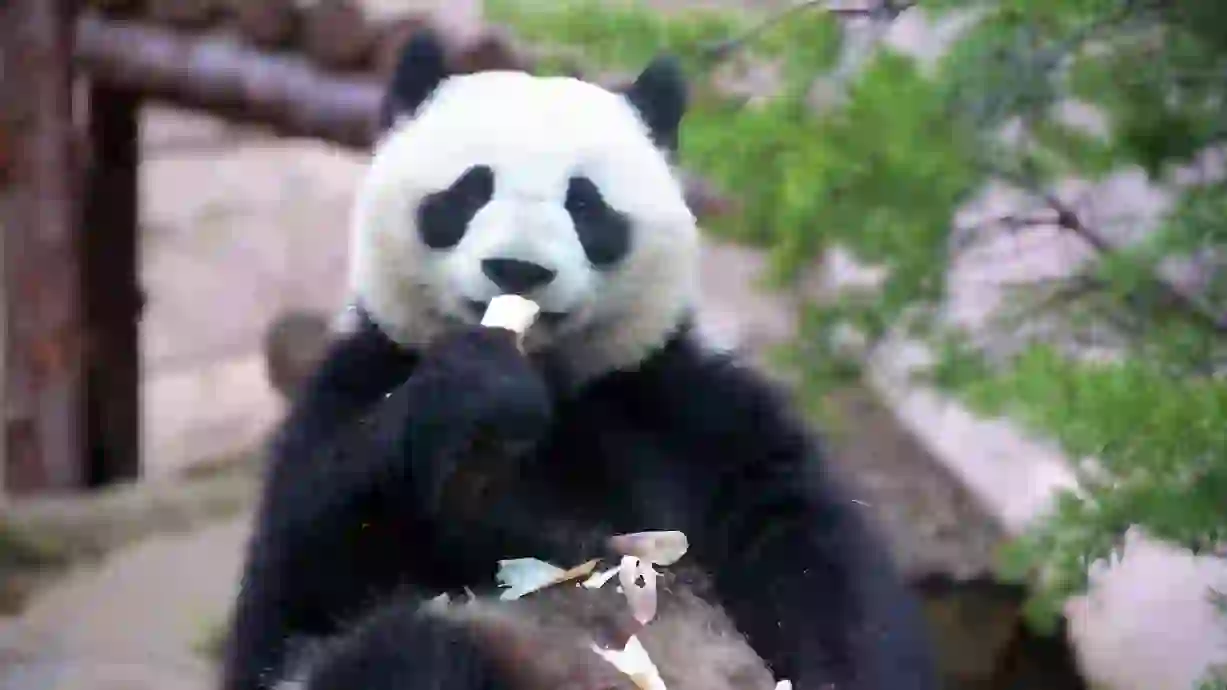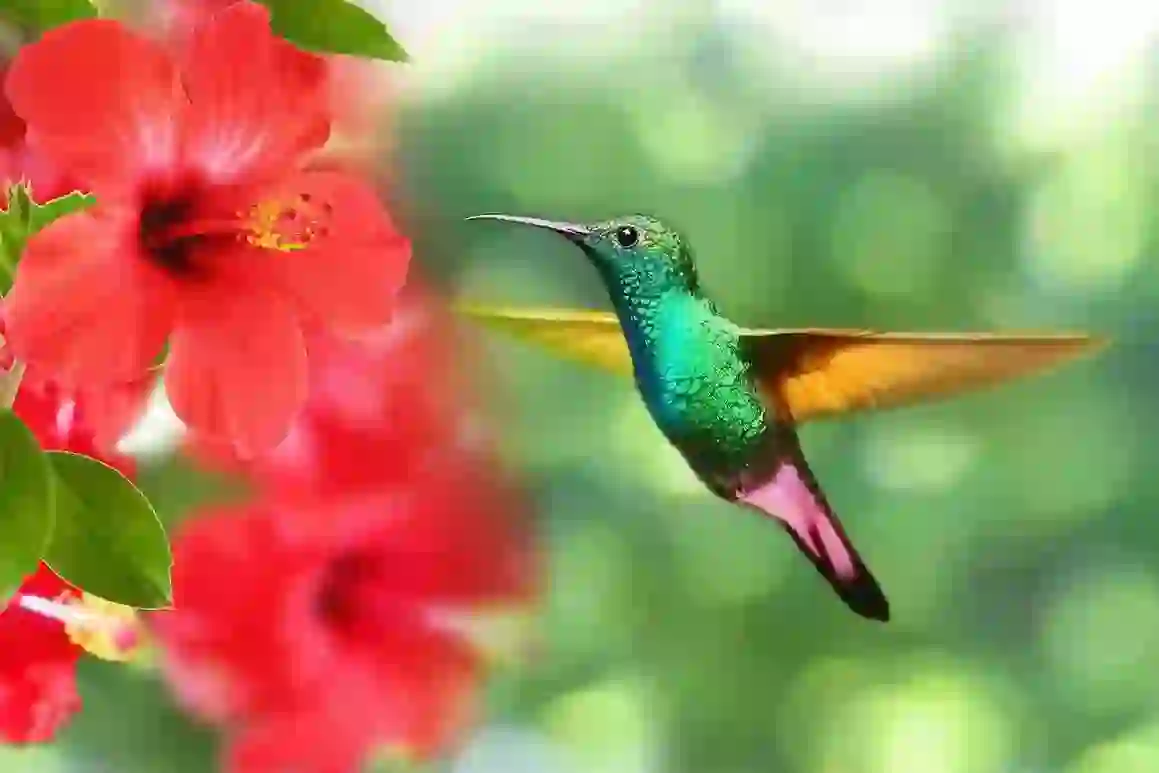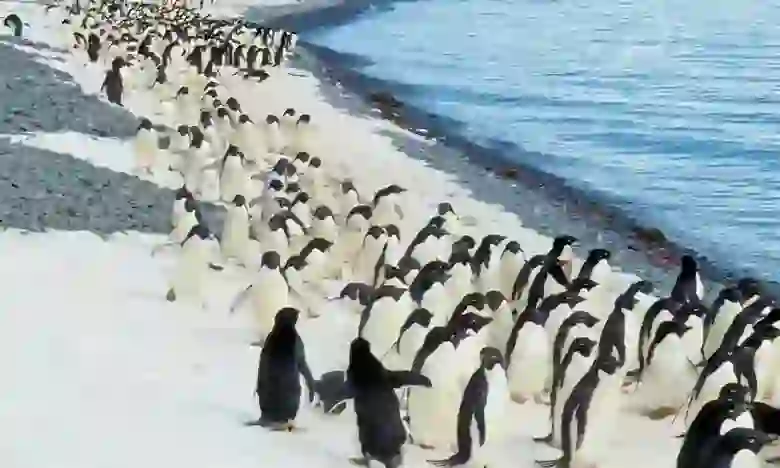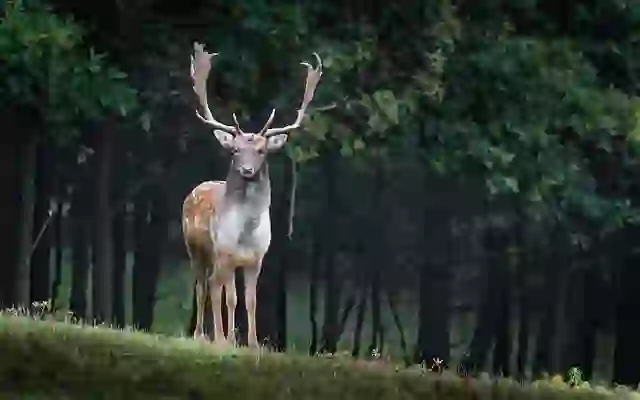
Tenkile
Tenkile
Tenkile
In the mountainous regions of Papua New Guinea, lives a phantom-like tree kangaroo, the tenkile. They are critically endangered, with only a few hundred individuals estimated to remain. Let's delve into their precious ecology and the threats they face.
Tenkile Basic Infomation

| Property | Value |
|---|---|
| Scientific Name | Dendrolagus scottae |
| Taxonomic Status | ACCEPTED |
| Rank | SPECIES |
| Vernacular Names | Tenkile Tree-kangaroo |
| Kingdom | Animalia |
| Phylum | Chordata |
| Class | Mammalia |
| Order | Diprotodontia |
| Family | Macropodidae |
| Genus | Dendrolagus |
| Habitats | Mountainous areas |
| Conservation Status | Endangered (EN) |
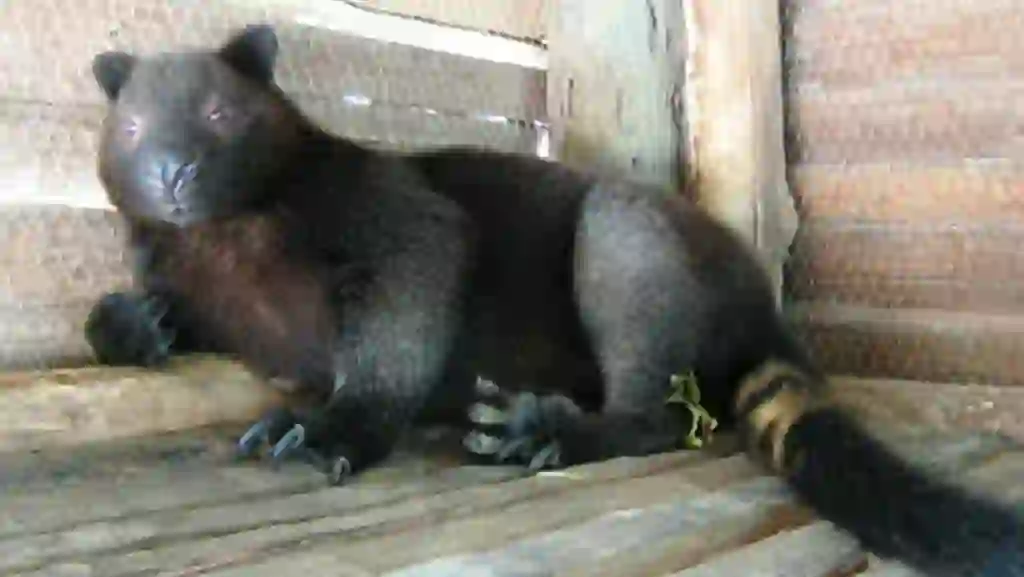
Size
They stand about 55 to 75 cm tall and weigh about 8 to 12 kg. Males are slightly larger than females.

Lifespan
Their lifespan in the wild is estimated to be about 15 to 20 years.

Distribution
They are found only in a limited area of the Torricelli Mountains and Prince Alexander Mountains, between the Sepik and Ramu Rivers in Papua New Guinea. They live in montane rainforests at elevations of 1,400 to 2,800 meters.
Tenkile Q&A

What kind of kangaroo is the tenkile?
The tenkile is a species of tree kangaroo first discovered in 1989, making it a relatively new discovery. They are incredibly rare, with estimates suggesting that only a few hundred individuals remain.
The tenkile has shorter fur and a distinctive brown and white mottled pattern, distinguishing it from other tree kangaroos. They have a round face, small ears, and an overall stocky appearance. They are adapted to an arboreal lifestyle and are skilled climbers, but they are also known to be active on the ground.

What do tenkiles eat?
Tenkiles are herbivores, primarily feeding on leaves and fruits. They have a diverse diet, consuming a variety of leaves and fruits found in the rainforest.
They favor leaves like those from fig and oak trees. They also consume flowers, bark, ferns, and moss. Occasionally, they might snack on insects or bird eggs. Unlike ground-dwelling kangaroos, they don't eat much grass, as grass is not abundant in their rainforest habitat.

What kind of lives do they lead?
Tenkiles are mainly nocturnal, spending the day resting in trees and becoming active at night to forage for food. They are often solitary creatures, only encountering other tree kangaroos during the breeding season.
When it's time to breed, males try to attract females by calling and drumming on trees. Females give birth to one joey at a time and raise it in their pouch for about 10 months. After leaving the pouch, the joey stays with its mother for a while.

[Quiz!] Why are tenkiles endangered?
Tenkiles are primarily threatened by deforestation. The rainforests they inhabit are being cleared for timber and agriculture.
Deforestation leads to habitat loss, reduces their food sources, and creates isolated populations. Isolated populations have lower genetic diversity and are more vulnerable to diseases and environmental changes. They are also hunted for their meat and fur. To protect tenkiles, it is crucial to conserve their rainforest habitat and regulate hunting. Captive breeding and conservation efforts in zoos are also necessary to ensure the species' survival.

[Quiz!] What efforts are being made to protect tenkile?
Various efforts are underway to protect tenkiles, including:
- Regulation of deforestation: Laws have been enacted to regulate the logging of rainforests, the tenkile's habitat.
- Establishment of protected areas: Efforts are being made to designate tenkile habitats as protected areas to ensure their safety.
- Public awareness campaigns: Educational programs are being conducted to raise awareness among local communities about the importance of tenkiles.
- Promotion of ecotourism: Efforts are underway to utilize tenkile habitats as tourist destinations to achieve both regional economic development and tenkile conservation.
- Research activities: Research is ongoing to gain a deeper understanding of tenkile ecology and behavior.
These initiatives are expected to prevent the extinction of tenkiles and protect their future.

[Quiz!] What does the 'sottae' in the scientific name 'Dendrolagus scottae' mean?
The 'sottae' in the tenkile's scientific name, 'Dendrolagus scottae,' is named after the American zoologist Deborah Scott.
She conducted research on tenkiles in the 1980s and made many valuable discoveries about their ecology.

Would you like to become a part of the 'Animalbook.jp'?
Turn your knowledge into Q&A and share it with the world. ※Publication will be activated after purchase. Let's share information together!
Tenkile Type of List

Characteristics of Tenkiles
- A species of tree kangaroo
- Found only in a limited area of Papua New Guinea
- Brown and white mottled fur
- Stand about 55 to 75 cm tall
- Weigh about 8 to 12 kg
- Mainly nocturnal
- Often solitary
- Arboreal
- Herbivorous
Information
Congratulations! You are the first commenter!

Create Your Favorite List!
Tenkile
Save the animals you love! Build your own list to quickly revisit your favorites later.

Would you like to leave a comment?
※Please note: This is for the purchase of rights to post comments within the article.
Find Your Favorites!
Our shop offers a unique and attractive selection of goods themed around various animals.
Tenkile References
Tenkile Introduction of media used

chenhuixian, CC BY 4.0, via Wikimedia Commons

Help Enrich Our Animalbook.jp with Your Media!
We are constantly looking to expand and enrich our Animalbook.jp with amazing photos and videos of animals. If you have any media that you'd like to share, please contribute and help us showcase the beauty and diversity of the animal kingdom. Your submissions will be credited and featured in our encyclopedia, reaching a wide audience of animal lovers.



